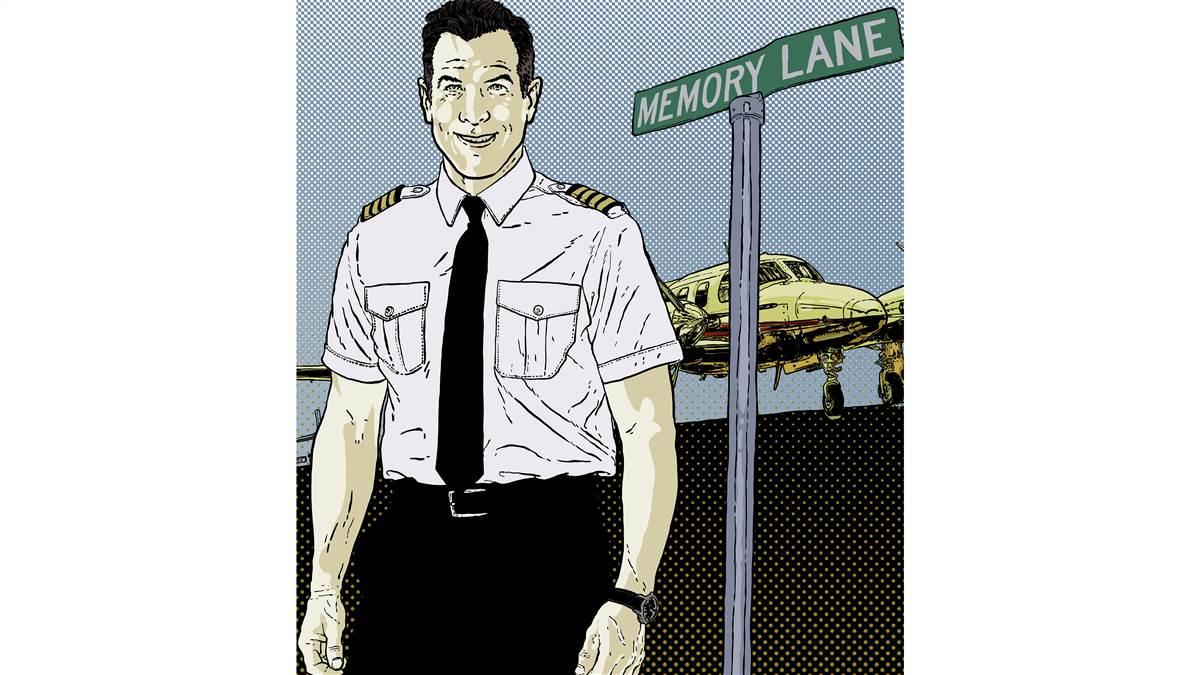Back to reality
Revisiting an old career

A friend who manages a Piper Cheyenne II for a local real estate company offered to throw some flying my way, which sounded like a grand plan for this airline pilot with clipped wings. More than 20 years ago I made a poor living as a part-time air-taxi pilot flying Beechcraft Barons and Piper Navajos. The days were long, the pay was low, but the experience couldn’t be better for a budding professional pilot. How would I do now as a 51-year-old pilot at a major airline?
Even though I captain a Boeing 737 for a living, I did not take training in the Cheyenne lightly. I learned the limitations, studied the systems, and ran many what-if scenarios through my head to prepare for the reality of flying a complex twin turboprop alone in the busy Northeast. My friend who hooked me up with the job flew several trips with me on live legs with the company personnel and soon kicked me out of the nest to handle things on my own. I knew the flying was going to be challenging yet fun, but I quickly learned that single-pilot corporate operations are hard work!
At the airline, I have an entire support staff in the way of dispatchers, flight attendants, baggage handlers, load planners, and, most importantly, another pilot to back up everything and bounce ideas off. In the Cheyenne, I am everything. The logistics can be staggering at times and the changes can come with little or no notice. The planning phase starts the night before: getting the briefings, flight plans filed, weight and balance squared away, and verifying fuel and services are set up at every airport we will visit. Sometimes we leave from our home base and other times we pick up our passengers in nearby Baltimore, which always adds more legs/logistics. Because it’s a small company, we attempt to source low fuel prices, which adds more complexity to the mix given the required passenger/baggage load for every leg.
The days were long, the pay was low, but the experience couldn’t be better for a budding professional pilot. How would I do now as a 51-year-old pilot at a major airline?The next day I show up at the hangar, get the coffee brewing, check the galley for snacks, drinks, supplies, and cleanliness. I hook up the tug while attempting to not get grease on my sleeves, drag the airplane (carefully) out of the gang hangar, stow the tug, and close the hangar door. Ugh, forgot the coffee. And the ice too.
When the passengers arrive, I immediately count heads just to make sure I have the right number of souls on board. I help with their bags and encourage them to use the bathroom in the hangar while I load them up. Although the Cheyenne has a potty seat, it’s essentially just a bowl with cat litter that’s undignified to use and even more so to clean.
After loading everyone in, it’s time to play flight attendant and make sure that everyone on board knows where the emergency exits are and how they operate. I point out the coffee, ice, and snacks, which 90 percent of the time don’t get touched. I waddle awkwardly hunched over among the passengers to the front and get to work. Corporate flying is all about getting these folks where they want to be as quickly and comfortably as possible so the mood is hurried. But this is where I must slow down, take a breath, and not do anything rash as I start these $200,000 engines, which could be ruined with a misplaced switch or lever.
Once in the air, it’s just doing what I’ve always done whether it be flying my own airplanes or the Boeing for work: find the best ride at the most efficient altitude and keep an eye on the systems and cabin temperature. A call to the FBO from the air, when possible, gets the passengers’ rental cars readied for the all-important step from the air stair to the car in less than 50 feet. And they’re off. I dump the coffee and ice, clean up the cabin, arrange for fuel, and take a breather in the FBO lounge among the big-iron crews with their Challengers and Gulfstreams. In a few hours, the process starts over and may be repeated three or four times a day. The days are long and challenging and I realize that in my 50s, it doesn’t come as easy as it was in my 20s. If you can comfortably wear all the hats that corporate/charter pilots must, you’re well on your way to a successful piloting career.


